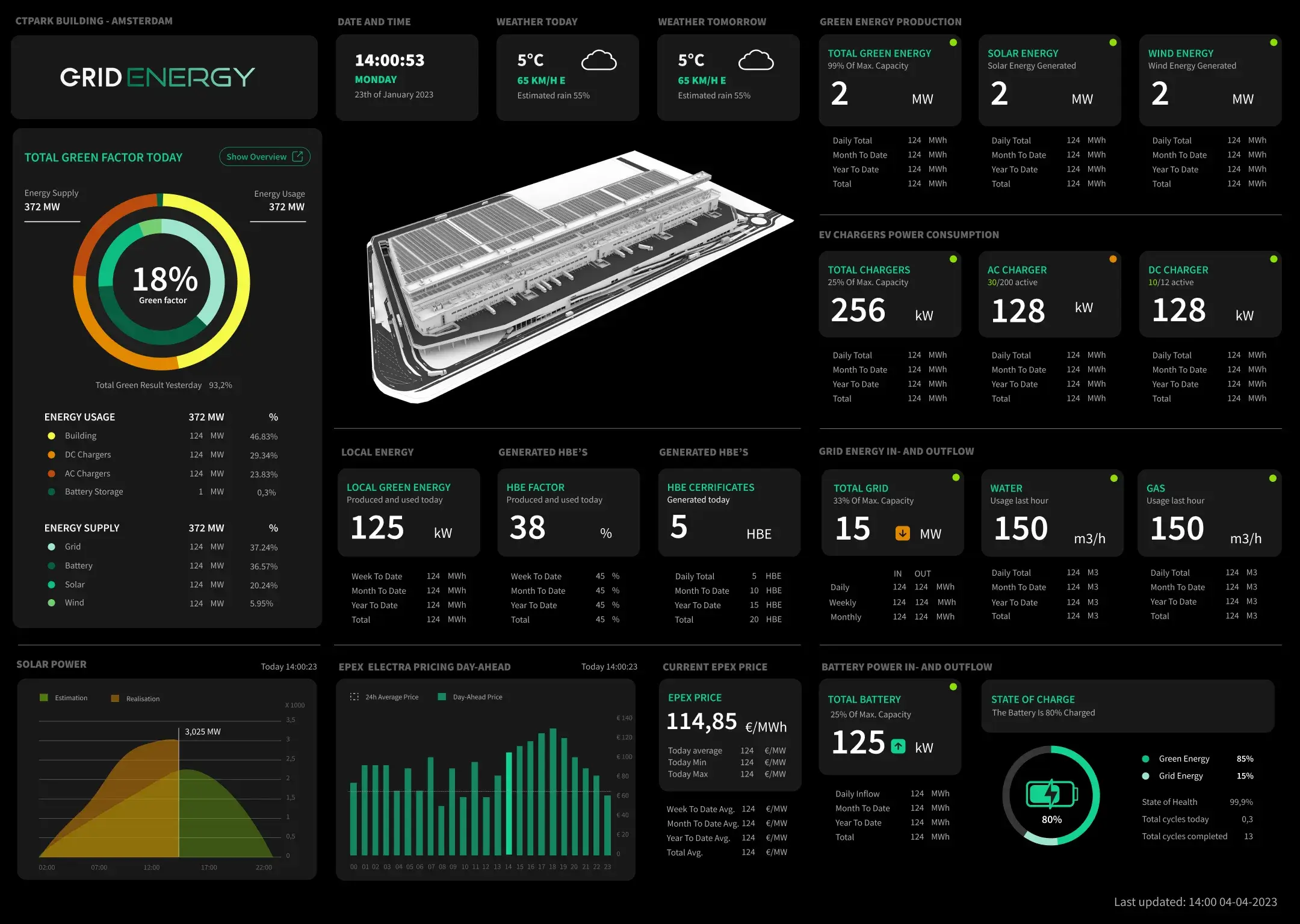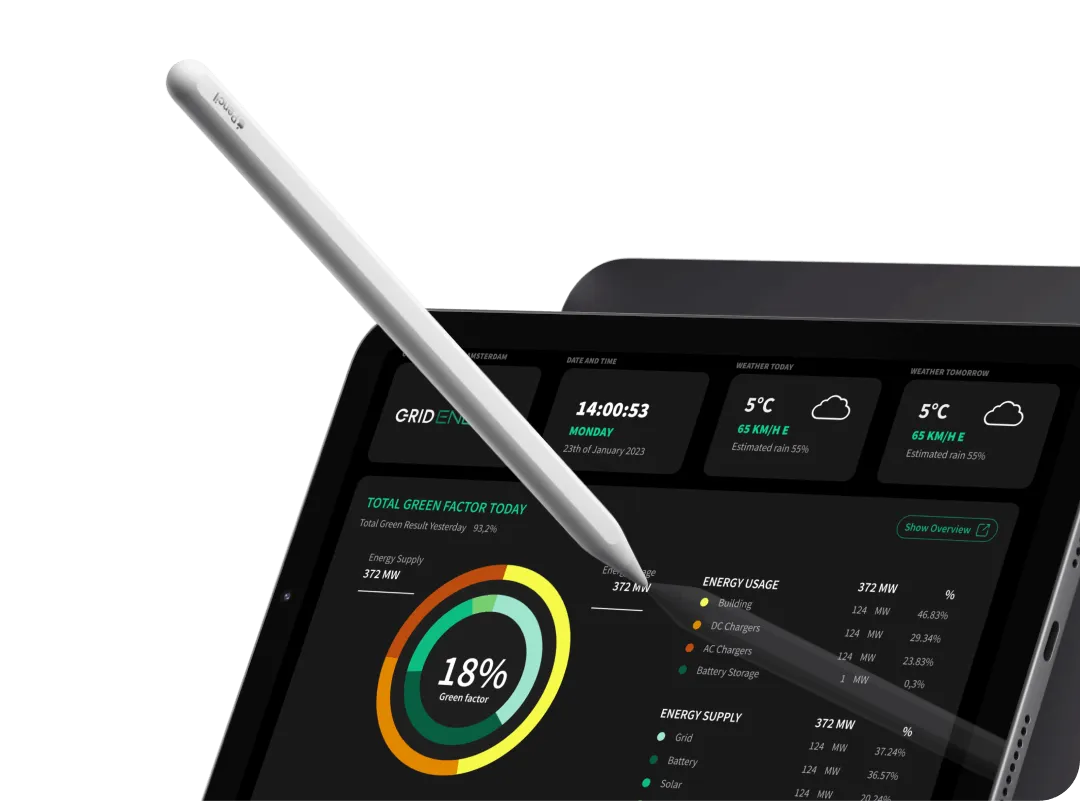In the dynamic world of energy management, staying ahead means leveraging every tool at our disposal. One such tool, often overlooked yet fundamental, is the Date and Time feature within our EMS Dashboard. This simple, yet powerful feature plays a crucial role in energy management strategies.
The Role of Date and Time in EMS
At first glance, the Date and Time feature in our EMS Dashboard might seem basic, but its applications in energy management are far-reaching. By integrating date and time data, energy managers can unlock a myriad of predictive and real-time analytical capabilities.
Predictive Analysis:
Demand Forecasting: By analyzing historical energy usage patterns along with date and time stamps, our EMS can predict future energy demands with greater accuracy. This helps in planning and optimizing energy procurement and consumption.
Peak Load Management: Identifying patterns based on time-of-use data enables the EMS to forecast peak load periods. This insight is crucial for implementing strategies to reduce peak demand charges and maintain energy efficiency.
Real-Time Analysis:
Anomaly Detection: Real-time monitoring of energy usage against the date and time allows the system to quickly identify any deviations from expected patterns, signaling potential issues or opportunities for energy savings.
Dynamic Pricing Adaptation: In markets with variable energy pricing, the EMS can use real-time date and time data to optimize energy usage, shifting loads to take advantage of lower rates.
The Date and Time feature within our EMS Dashboard is more than just a clock on the wall. It's a gateway to smarter, more efficient energy management. By leveraging this feature for predictive and real-time analysis, energy managers can make informed decisions, reduce costs, and contribute to a more sustainable future.












